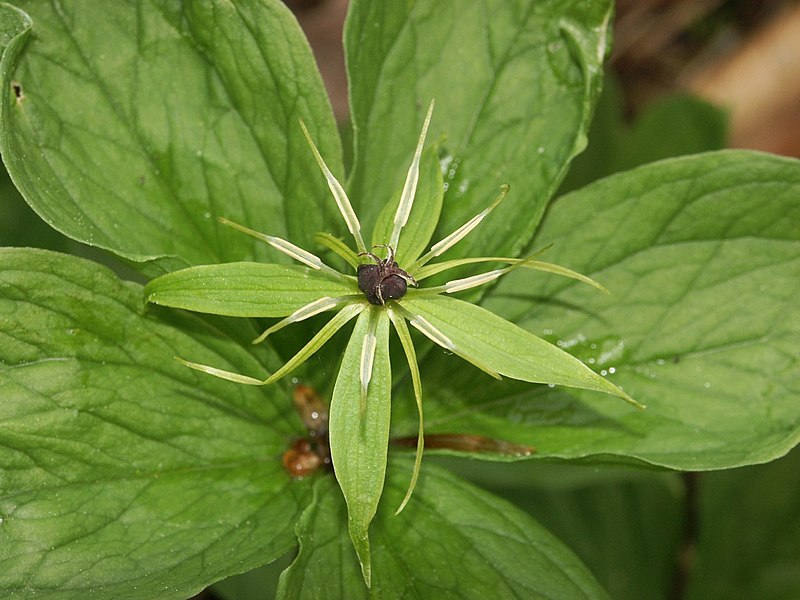Last weekend while the HFFS were busy in Averseley Wood and being rewarded with orchids, I spent Sunday in the far south of the county plugging gaps for the
BSBI Atlas 2020 project. It turned out to be a wise choice and turned up a lot of interest, including species that might have been missed if I had been only a few weeks earlier or later or taken a slightly different route. A lot of the time botanical recording does seem to be as much, if not more, about serendipity as it is about planning, something that can be lost when targets and recording plans are allowed too much sway in decision making.
Within ten minutes of parking the car and walking up Hardwicke Road, I came across the first big find of the day. A large and previously unrecorded colony of Crosswort (
Cruciata laevipes) - for those outside the county this may not sound that interesting but it is a mega rarity in this part of the world.
Further along the lane, and the first of several sightings that day, was Rough Hawk's-beard (
Crepis biennis). There are few historical records for this species and, given it is easily overlooked as yet another "yellow compositae" and can go over early, I suspect (based on the number of records made on one day) that it is under-recorded in the south of the VC.
Wikimedia Commons image by Enrico Blasutto
Sands Lane gave Rock Crane's-bill (Geranium macrorrhizum 'Bevan's Variety') in the corner of a plantation, only the 3rd record of the species.
A tour of the lanes provided a range of other notable finds, including Spotted Medick (Medicago arabica), Grey Sedge (Carex divulsa subsp. divulsa), Spurge-laurel (Daphne laureola) and Chinese Teaplant (Lycium chinense). The identification of the latter has been clarified in recent years and I am starting to suspect that the truism that it is much less common than Duke of Argyll's Teaplant (Lycium barbarum) is premature, at least in this part of Britain.
Chinese Teaplant (Lycium chinense)
Moving on to Abbotsley, which also had Rough Hawk's-beard, the best find was a new species of pink-sorrell for the VC. Large-flowered Pink-Sorrell (Oxalis debilis) was found naturalised in the grassland of the churchyard.











_IMG_36871.JPG/1024px-Cerastium_semidecandrum_(Sand-Hornkraut)_IMG_36871.JPG)



